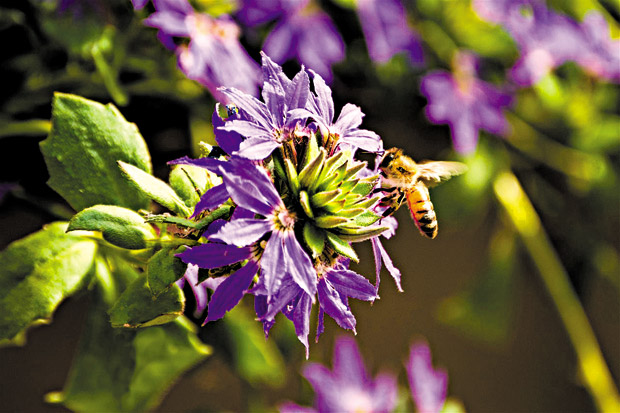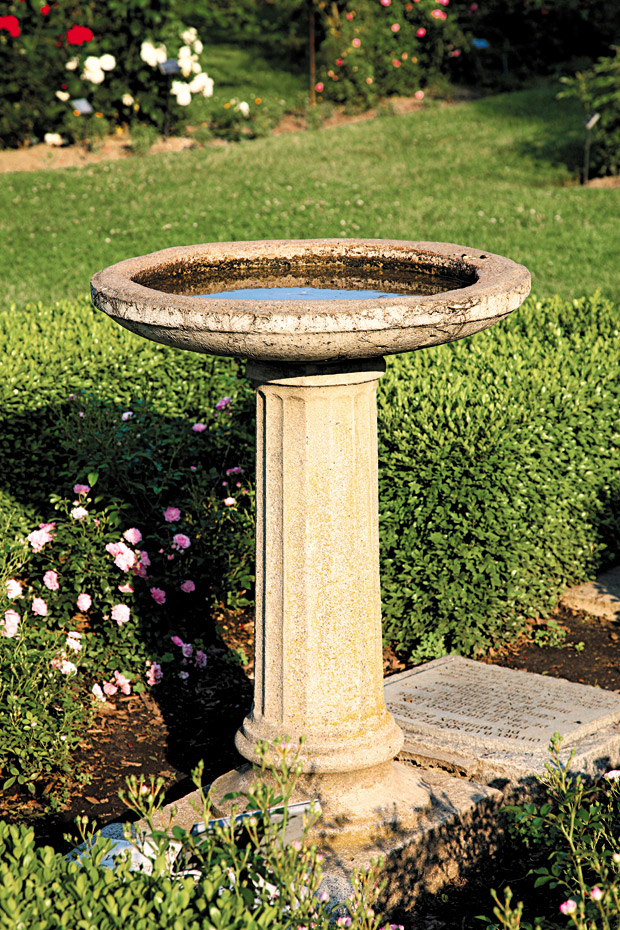It’s been in the news for years now: the decline of pollinators such as honeybees and butterflies, and how it’s upsetting our world’s healthy ecosystem.
We need pollinators for the growth of many of the foods we eat each day — according to the Natural Resources Conservation Service, some scientists estimate that one in three bites of food we take result from the work of pollinators. Berries, apples, oranges, almonds and scores of other foods, not to mention flowers, rely on pollinators. If they disappear, those foods will fade along with them.
So, why are pollinators declining? They can’t find enough food because their habitats are disappearing.
Fortunately, we can all help protect pollinators. Ortho, a leading brand in lawn and garden, recently teamed up with the Pollinator Stewardship Council for a consumer education campaign, “Bee Responsible,” aimed at helping home gardeners protect the pollinators in their yards, attract more of them and help them thrive.
In 2016, after evaluating the risk to honeybees and other pollinators, Ortho also announced plans to phase out neonicotinoid-based pesticides from all its outdoor gardening products and is investing in alternative pest control solutions. Ortho’s parent company, Scotts Miracle-Gro, has funded 125 pollinator-friendly gardens throughout the country.
Want to attract pollinators to your yard and help them thrive? Here are some tips.
• Make your garden pollinator friendly. Nectar and pollen-packed plants attract honeybees, butterflies and other pollinators. Choose colorful flowers, such as alyssum, aster, delphinium, flax, lavender, liatris, lupine, phlox or zinnia. Check with your local garden store for native plants and flowers that thrive in your climate and choose a range of plants that bloom in different seasons.
• Encourage neighbors to do the same. If one pollinator-friendly garden is good, a network of them dotting your neighborhood is better. This could provide enough habitat and resources to help restore and bolster the pollinator population in your community.
• Control pests in your garden. Insects and mites can bring disease and destruction to your garden, undoing all of the good you’re trying to do for pollinators. Ortho’s neonic-alternative 3-in-1 Insect, Mite & Disease control will help banish the bad bugs in your garden. To use responsibly, avoid spraying when it’s windy, apply the product at dusk and dawn when pollinators are less active and avoid using the product on blooms. Another tip: Use native plants whenever possible. They usually require less pesticide than plants from other zones.
• Provide shelter. Bees and butterflies need shelter, so make sure your yard has some cozy nesting sites, like leaves, moss, piles of grass or a patch of yard you just let go wild. Also, check out bee houses in your neighborhood garden store. They’re artistic and fun, and they provide bees with shelter for their offspring to thrive.
• Don’t forget the water.
Your garden will provide the nectar and pollen. But bees, birds and butterflies need water, too. A decorative bird bath, water feature or even a shallow rain catcher will give your buzzing friends the water they need.
By providing pollinators with friendly habitats, backyard gardeners can help these vital components in our ecosystem regain a foothold.
This article is courtesy of Brandpoint.

